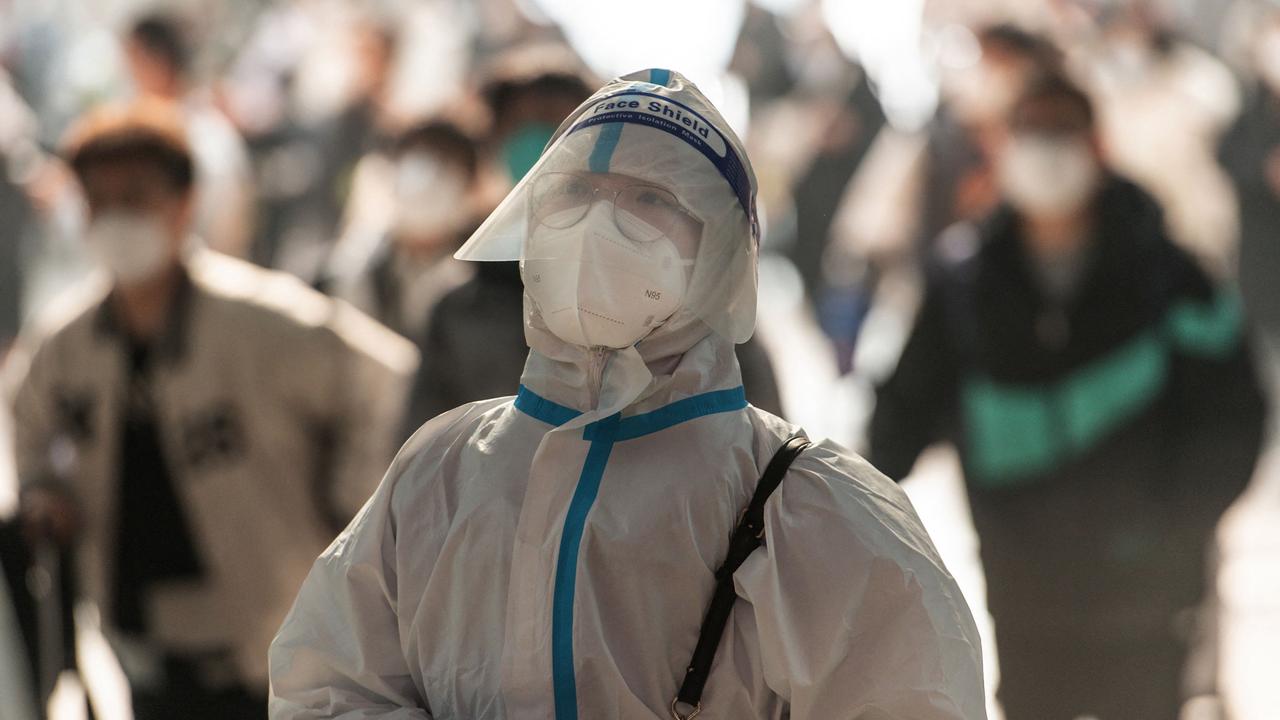Why Australia can’t drop all Covid restrictions
With other countries either cancelling or dropping their Covid restrictions, there is one key factor stopping Australia from doing the same.
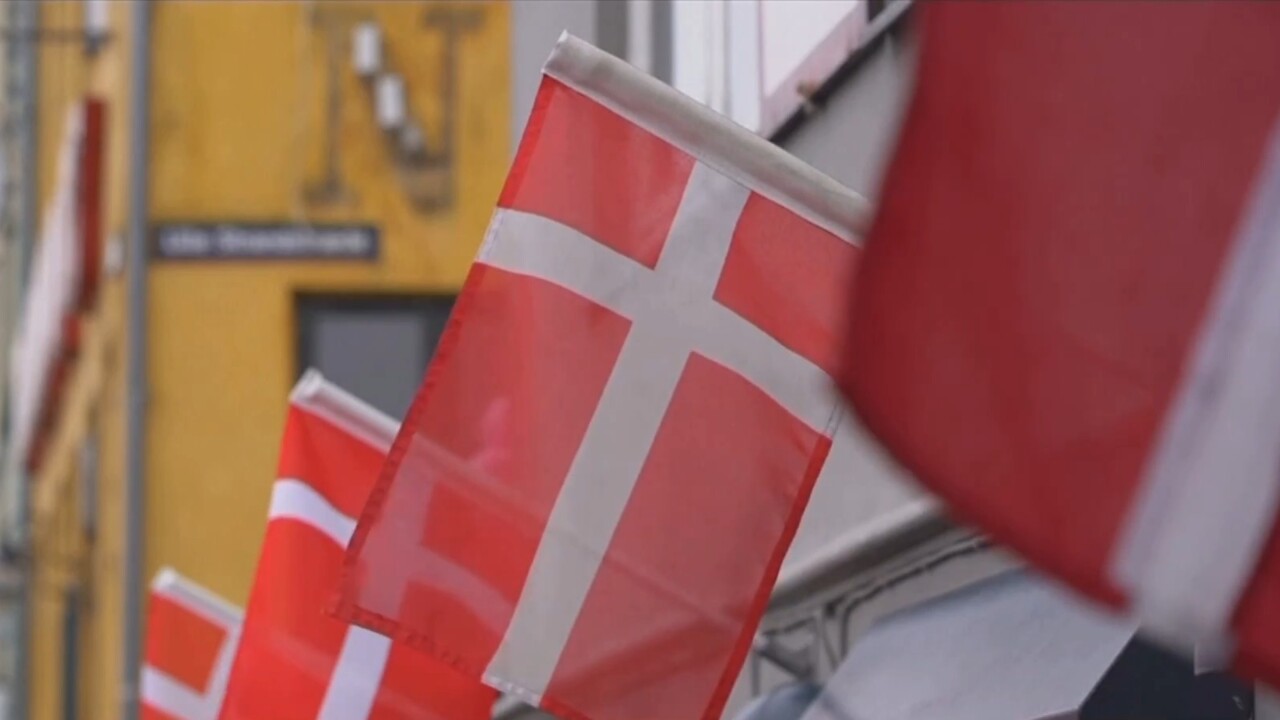
After over two years of having our lives dictated by the Covid pandemic, many are undoubtedly looking forward to the day the pandemic finally disappears.
For a string of Scandinavian and European countries, this may be their reality.
Leading the way, Denmark removed all Covid restrictions on February 1, with Norway also removing the majority of restrictions and Sweden following suit on February 9.
Looking at when Australian authorities may enact similar rules to our Scandinavian counterparts, Deakin University’s Chair in Epidemiology, Professor Catherine Bennett says there is one key area where Australia is lacking: booster doses.
As of February 9 just under 9.2 million Australians over the age of 16 have received more than two doses of the vaccine, which is around 35 per cent of Australia’s total population.
Conversely, more than 61 per cent of Denmark’s population has received booster shots, 50 per cent of Norwegian and 42 per cent of the Swedish also triple-jabbed.
Stream the latest news on COVID-19 with Flash. Stream more than 20 global & local news sources. New to Flash? Try 14 days free now>
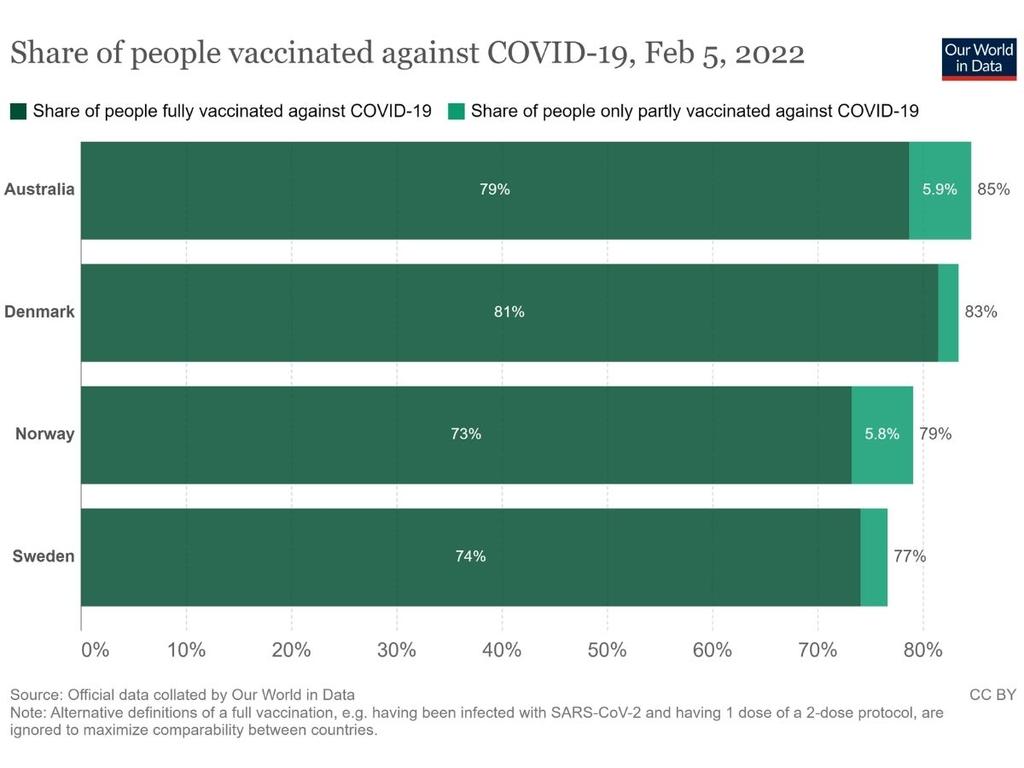

“While we’ve got the highest rates overall for primary cause, compared to those three countries, we have the lowest booster rate because our primary course roll out was later,” said Professor Bennett.
“That looks to me like the impact of the booster further reducing that risk of both infection with Omicron and that translation to serious illness.”
Denmark: Where Covid is no longer ‘socially critical’
While Denmark, removed all Covid restrictions (for the second time) when the country was experiencing it’s biggest wave of cases – recording more than 41,000 cases on February 1 – health authorities believed the dropping rates of those who required intensive care, was a determining factor in easing restrictions.
Despite this, the move did earn harsh criticism from Tedros Adhanom Ghebreyesus, the director general of the World Health Organisation.
“We’re concerned that a narrative has taken hold in some countries that because of vaccines and because of Omicron’s high transmissibility and lower severity, preventing transmission is no longer possible, and no longer necessary,” he said two days after Denmark removed restrictions.
“Nothing could be further from the truth.”
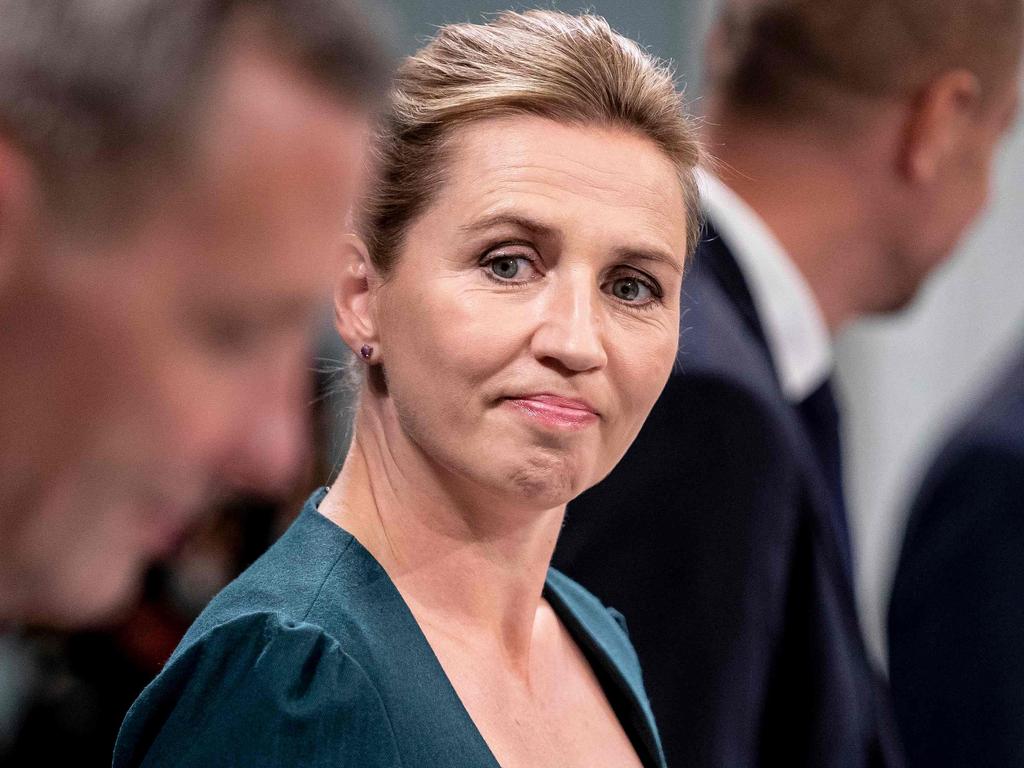
However, speaking to AFP, prominent Danish epidemiologist Dr Lone Simonsen credited Denmark’s high booster rate and its ability to declassify Covid as a “socially critical disease”.
“We have an extremely high coverage of adults vaccinated with three doses,” said Dr Simonsen.
“With Omicron not being a severe disease for the vaccinated, we believe it is reasonable to lift restrictions.”
Norwegian Prime Minister, Jonas Gahr Stoere said a similar thing when he removed household visitor limits, mandatory working-from-home rules and gave restaurants the green light to serve alcohol past 11pm.
“Even if many more people are becoming infected, there are fewer who are hospitalised,” he said.
“We’re well protected by vaccines. This means that we can relax many measures even as infections are rising rapidly.”
How does Aus compare in terms of hospitalisations?
When measuring the current state of Covid in Denmark, Norway and Sweden, Australia does appear to be unenviably leading in hospitalisation figures. While the difference in population does make a difference, Australia has recorded higher ICU figures. However Australia’s hospitalisations have consistently trended down since February and Dr Bennett thinks this will decrease as booster levels rise.
According to most recent figures, Australia with a population of 25.69 million recorded 3586 hospitalisations, with 272 patients in ICU on February 9.
Sweden with roughly half of Australia’s population (10.35 million) recorded 2089 hospitalisations and 113 cases in ICU as of February 7.
However, a fifth of Australia’s population, Denmark’s 5.83 million residents recorded 1152 hospitalisations with just 30 people requiring ICU treatment.
Reporting a similar population as Denmark (5.37 million), Norway have 251 Covid patients being treated in hospital (as of January 30), with 45 critical cases in ICU.
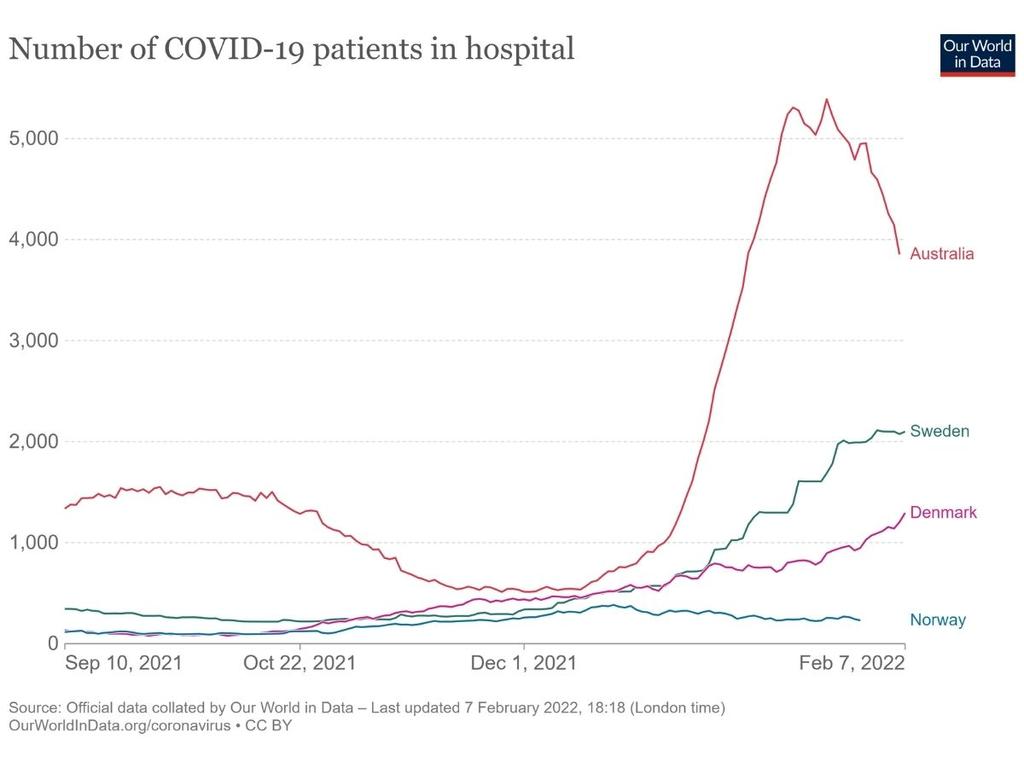
Overall however, the head of the Epidemiological Modelling Unit at Monach University, Prof James Trauer, said that while the elective procedures have been impacted and Australia’s hospital system has been put through a lot of stress, it never reached the point of “overwhelm” during the pandemic.
“There’s been a lot of strain on the health system and but I think we haven’t seen what has been seen overseas, especially in places like Delhi, Malaysia, Indonesia and Nepal,”
“We haven’t seen that total sort of overwhelm where people aren’t getting the treatment they need or can’t access oxygen.”
However, for Australia to decrease our hospitalisation figures, Prof Trauer said there needs to be a focus on increasing booster doses “in elderly populations”.
“I don’t think there’s been enough focus on vaccine coverage in elderly age groups,” he said.
“Because we’ve had the paediatric rollout we haven’t had things like targets for the coverage we want to see with doses in elderly populations.”
What about Australia?
While Australia might not be in a position to remove all of our restrictions, Dr Bennett stresses that we’re in “a fundamentally different place” with Covid and will move to a point where “quite a few of us aren’t thinking about Covid”.
However, she admits the emergence of Omicron has “pushed us even further along this transition path”.
“It’s shifted people to getting used to numbers that were a little bit higher and thrust us into the space of living with a virus and we’re now even seeing that in WA,” she said.
“I think as that last group of people come on board and concede to the fact we can’t control this, then it’ll make things like internal borders a little easier.”
Ultimately, Prof Bennett predicts that barring the emergence of a more virulent and infectious variant, Covid will gradually become less prominent in the lives and minds of Australians. While she thinks “we’ve moved on from like lockdowns,” she says things like “reintroducing density limits, mask recommendations and using RATs to screen” might be dialled up or down if cases were to rapidly increase, especially going into the cooler months where the virus may spread easier.
“Having these backup measures ready and knowing what to expect isn’t about waiting or watching out for it,” she said, “It’s about being able to not think about it because we know what to do, should it happen.
“It’s about being ready rather than fearful.”






